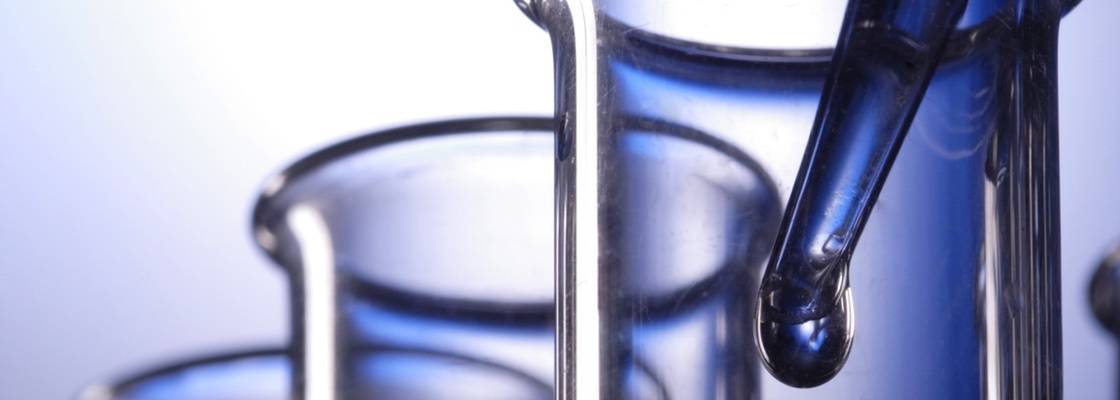Companies around the world rely on Jordi Labs for the most-accurate analytical chemistry testing and analysis. We are always trying to improve our testing accuracy.
One of the choices labs make in the analytical testing process is deciding whether you use formal or relative quantitation. We wanted to study how this decision affects the accuracy of testing results.
First, what is the difference between formal and relative quantitation?
Formal quantitation involves comparing the observed signal for each compound against a calibration curve made using the same compound. Jordi Labs highly recommends formal quantitation wherever possible.
On the other hand, relative quantitation utilizes internal standards of different chemistry from the target analyte to estimate the concentration of the target molecule. This approach is often used when no standard is available for a compound, when there are a large number of target compounds, or when formal quantitation is not practical. Most testing labs use relative quant.
Our case study found that relative quantitation can work but you have to have a standard that is very close to the analyte you are quantitating.
The results of this study indicate that the quantitative values obtained by relative quantitation with GCMS are very dependent upon the nature of the standard utilized. In some instances, compounds which have generally similar chemical structures show large errors in the calculated values (e.g. erucamide and steric acid as compared to linear alkanes). Only standards which were homologous with the target compound were found to produce acceptable accuracy levels. In contrast, formal quantitation consistently produces accurate quantitative values. This study strongly demonstrates the advantage of using formal quantitation to obtain accurate and reliable quantitative values.





